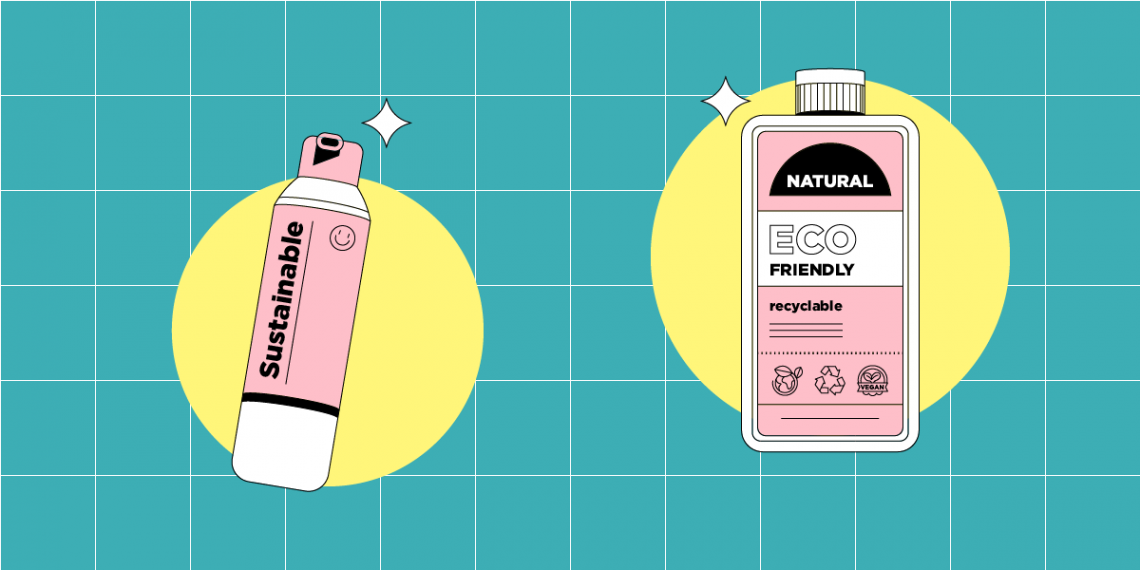The need to lower the amount of CO2 in the air has emerged as a result of increasing industrial expansion, and it is now being particularly emphasized. In the battle against climate change, trees are a powerful resource. Photosynthesis draws carbon from the atmosphere and stores it in the plant’s structure and the ground. We generally understand that trees and forests help, but the most essential groups of organisms in the world, which create around half of the oxygen in the atmosphere, don’t seem to get nearly enough attention.
The plant-like organism that uses photosynthesis to produce and release oxygen, out of carbon dioxide, could be a potential solution to our eco-crises. Microalgae is bringing clean energy and a sustainable future clear to us. The utilization of algae as a sustainability element has sparked researchers’ curiosity in recent years. But what can we do with algae to make the planet more sustainable, and how can we (bio)fuel innovation? Let’s go through a couple of examples.
Biofuel innovation
Algal biofuels are a type of biofuel that is produced from algae. Algal biofuel production process begins with the harvesting of algae from water sources. The harvested algae is then broken down into its component parts to extract the oils, lipids, and sugars which are used as the raw materials for biofuel production.
The cost of producing algal biofuels can vary depending on a number of factors, such as feedstock, location, and processing technique. The main downside to this method of generating energy is that the quantity of biofuel produced is often less than the amount of energy needed to generate it. The process of dehydration uses a lot of energy, too. To take advantage of this sort of plant that lives in water, innovation in biofuel production is vital.
This type of innovation comes from the University of Utah, and it aims to not only speed up but also reduce the cost of producing electricity from algae. The key to this technology is to replace the time-consuming dehydration process with a jet mixer that removes lipids in seconds.
Liquid trees
This innovation, as well as the previous one, comes from an educational institution. The initiative is led by the Institute for Multidisciplinary Research at the University of Belgrade. It’s an algae-based power generation concept for metropolitan regions plagued by excessive carbon pollution. It was conceived as a blend of biology, cutting-edge design, and functionalities that are appropriate for urban settings. What is it about?
While its design has been adjusted to serve as a modern meeting point with USB charging ports, convenient bench and nightlight powered by a solar panel on top, the water filled container with microalgae is constantly absorbing CO2 from the air and replacing it with clean oxygen.
Algae is increasingly being considered in innovative methods to address climate change. Other plants don’t like it, they say it’s a weedy, slimy, slithery thing that’s always stealing their light. But we know it probably holds the key to a more sustainable future of this planet.






